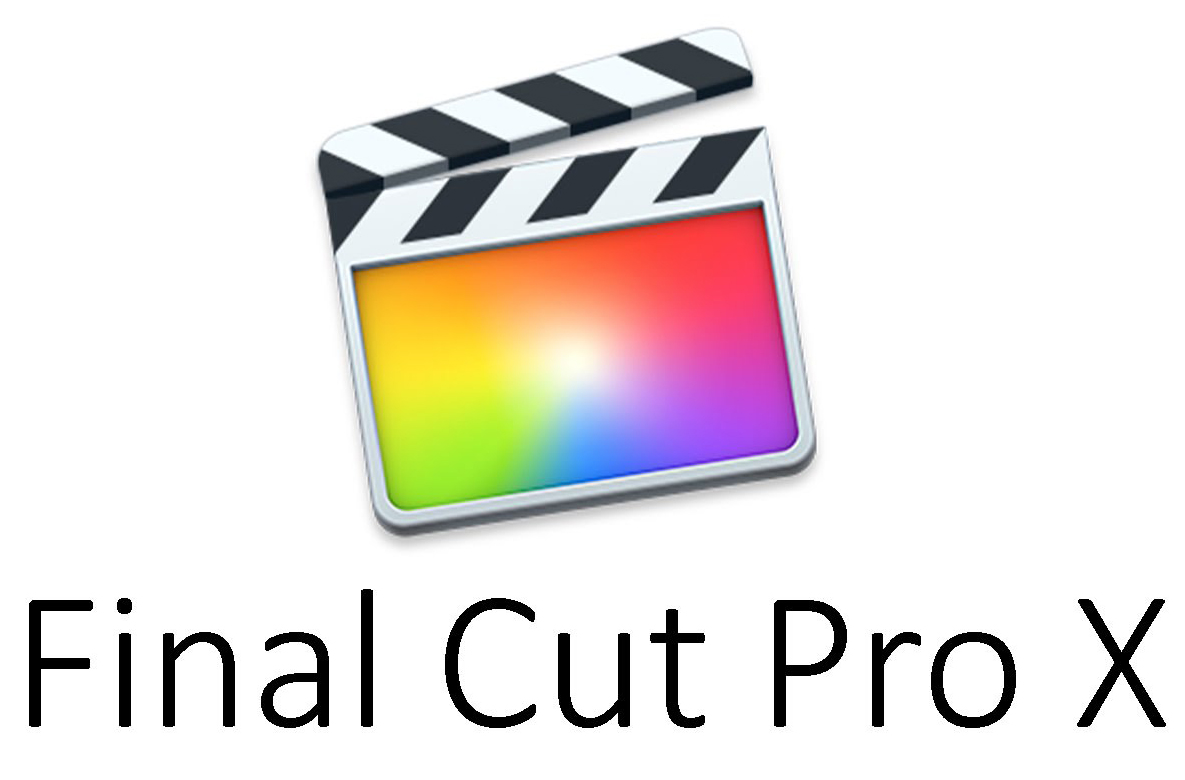

This can help when we go to adjust our key. Before we begin to adjust the Key it is important to know that we can see our video and keyer in three different states in the Viewer window. Select the green screen clip in the timeline and in the Inspector, then click on the Video tab. When the Keyer is first applied, the green background is only semi-transparent, but by resampling the green background, the Keyer will accept the lime green as green and turn the area transparent. While the green screen background I'm working with in this article is evenly lit, the green color is very bright, has excessive luminance, and more lime in color. This will tell the Keyer to include the added areas in the key making those areas transparent as well. As you'll see, we are now able to select additional areas of the green background. However, if other areas of the green background look different to the Keyer, because of uneven lighting, the Keyer may not see this part of the background as green, and therefore not make these parts of the image transparent.

This would be caused by an unevenly lit green background, the Keyer recognizes some of the green background and turns it transparent. Sometimes, when first using the Keyer, the results show some parts of the green area in the video as completely transparent and other parts still show as green. When the green is turned transparent, the background video on the Primary Storyline shows through. The Keyer looks at the green screen video and anything in the image that the Keyer sees as being green, will be turned transparent by the Keyer. With the Keyer filter applied to the green screen (foreground) footage you will see the results in the Viewer. Locate the Keyer filter in the 'Keying' section of the Effects browser and drag it onto the green screen video in the timeline. With my playhead set to the start of the Getty Museum footage and the green screen video selected in the Event Browser, 'Q' from the keyboard, 'Connect to Primary Storyline', will place the green screen video over the Getty footage. Next I'm going to select my screen screen video (foreground) in the Even Browser. After we Key the shot we'll apply a Mask to crop out the unwanted parts of the set.įirst let's put the Getty Museum footage (background) on the timeline. The green screen background does not fill the camera frame leaving unwanted elements from the set in the shot. Looking at the green screen video we can see a problem. I wish to add the talent in the green screen video to the background Getty shot. My background video was shot at the Getty Museum in Los Angeles.
#Final cut pro key frame by frame how to
What I want to do in this article is cover the basics of keying and how to fix imperfections in your green screen video for a better end result. Marrying the two video clips together in this way is called 'Compositing'. Everything that is not green is left alone.

The 'Keyer' effects filter in FCP looks at the green screen video and turns everything that is colored green transparent allowing the background video to show through. Connect it to the Primary Storyline, over the background video. In FCP, place some background video into the Primary Storyline and add your green screen video. Place a person or an object in front of a green screen background and record to video. At least, it seems to for most users.Download the ePub iPad/iPhone version of this article.Ĭhroma Key (greens screen) effects are becoming more popular everyday. But for the moment, it's a bit of a niche product that does what it does pretty well. Maybe at some point TechSmith will decide to compete in that space. Who knows where TechSmith is planning on taking Camtasia. They can now allow you to reverse playback! Woo Hoo! Just this morning I got an email notification from a small company selling a different low priced video editing product that is touting a fabulous new capability. Hence, many of the features one would normally expect are absent.įor example, the ability to reverse playback of a video. But it was never created expressly for that purpose from the onset. It's since evolved a lot with the ability to use WebCam and recordings from other video sources as it has evolved. Camtasia was created to record videos from your computer screen. If they are doing that, then the jabbing and ridicule is totally deserved.īut I don't personally believe that's the case. The comment may be hilarious if TechSmith were out there sincerely and actively attempting to compete with FCP, Avid, Premiere Pro, or others.


 0 kommentar(er)
0 kommentar(er)
